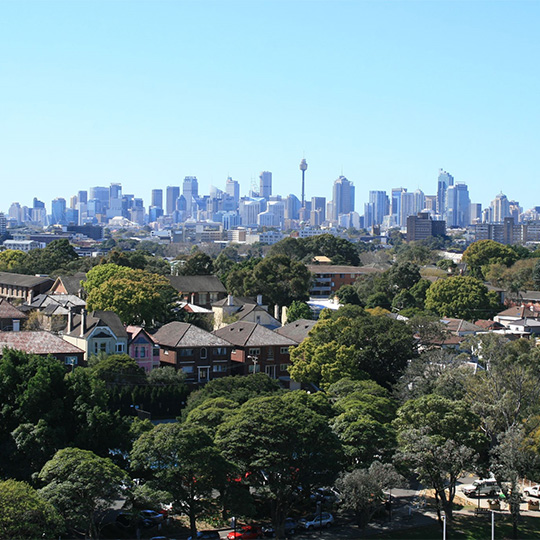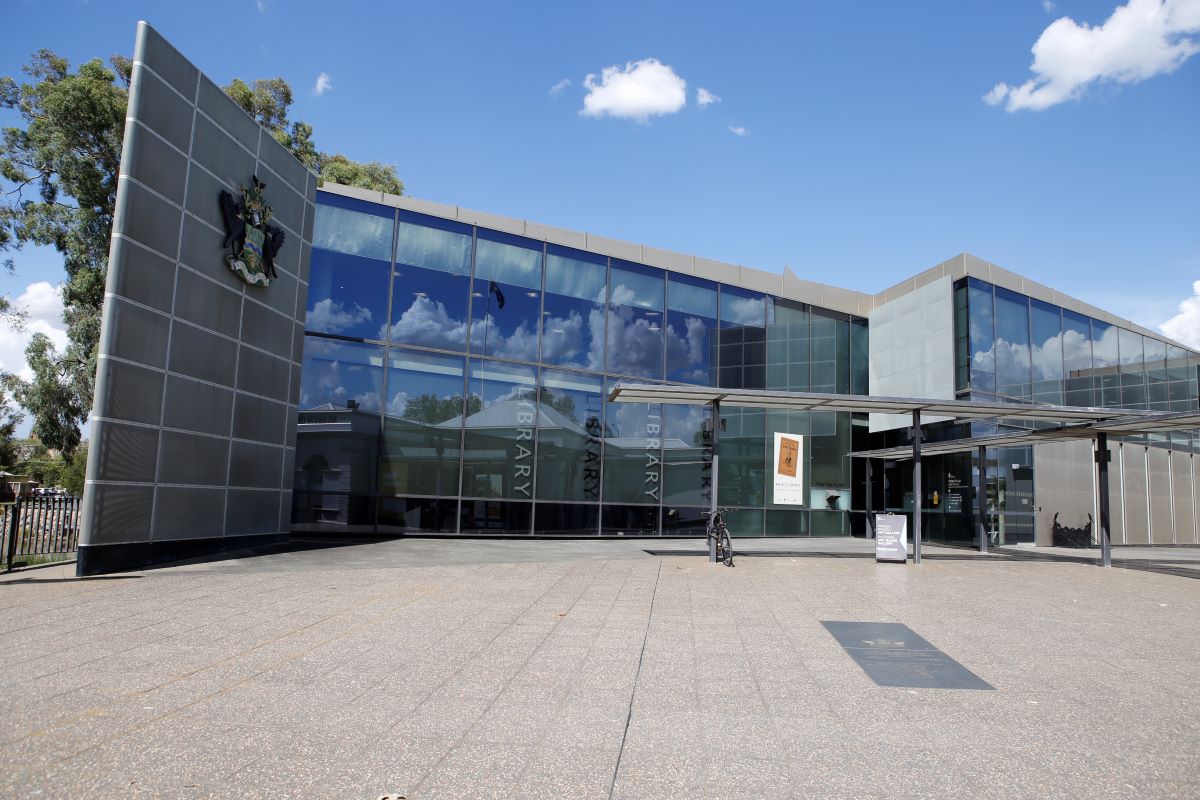The seasonally adjusted unemployment rate rose to 3.7 per cent in January, according to data released today by the Australian Bureau of Statistics (ABS).
Bjorn Jarvis, ABS head of labour statistics said that: “with employment decreasing by around 11,000 people, and the number of unemployed increasing by 22,000 people, the unemployment rate rose to 3.7 per cent.
“This was the second consecutive monthly fall in seasonally adjusted employment but followed very strong growth during 2022.
“While the employment to population ratio fell between December and January, down 0.2 percentage points to 64.0 per cent, it was still 0.5 percentage points higher than January 2022 and 1.6 percentage points higher than March 2020,” Mr Jarvis said.
Along with a larger-than-usual increase in unemployed people in January, there was also a similarly larger-than-usual rise in the number of unemployed people who had a job to go to in the future.
“January is the most seasonal time of the year in the Australian labour market, with people leaving jobs but also getting ready to start new jobs or return from leave. This January, we saw more people than usual with a job indicating they were starting or returning to work later in the month,” Mr Jarvis said.
The seasonally adjusted participation rate fell 0.1 percentage point to 66.5 per cent in January, down from the series high of 66.8 per cent in mid-2022.
Seasonally adjusted monthly hours worked decreased by 2.1 per cent, which reflected a higher-than-usual number of people taking annual leave in January.
“Early January is the seasonal peak in people taking annual leave. As in 2021 and 2022, January 2023 again saw more people than usual taking annual leave. Around 43 per cent of employed people worked reduced or no hours because they were on leave, compared with around 41 per cent of employed people over the same period before the pandemic.
In January 2023, the proportion of people away from work on sick leave was back around the average, pre-pandemic level, unlike January 2022, when more people than usual were away from work on sick leave.
| Hours (March 2020 Index) | Employed (March 2020 Index) | |
|---|---|---|
| Jan-20 | 100.3 | 99.9 |
| Feb-20 | 100.3 | 100.0 |
| Mar-20 | 100.0 | 100.0 |
| Apr-20 | 90.0 | 95.5 |
| May-20 | 90.8 | 93.3 |
| Jun-20 | 94.3 | 95.1 |
| Jul-20 | 95.4 | 95.9 |
| Aug-20 | 95.7 | 97.1 |
| Sep-20 | 95.5 | 96.8 |
| Oct-20 | 97.5 | 98.0 |
| Nov-20 | 99.0 | 98.6 |
| Dec-20 | 98.9 | 98.9 |
| Jan-21 | 94.6 | 99.2 |
| Feb-21 | 100.0 | 99.8 |
| Mar-21 | 102.3 | 100.4 |
| Apr-21 | 101.0 | 100.2 |
| May-21 | 102.5 | 100.9 |
| Jun-21 | 101.0 | 101.1 |
| Jul-21 | 100.9 | 101.1 |
| Aug-21 | 96.8 | 100.1 |
| Sep-21 | 97.7 | 99.1 |
| Oct-21 | 97.6 | 98.8 |
| Nov-21 | 101.8 | 101.6 |
| Dec-21 | 102.9 | 102.3 |
| Jan-22 | 95.0 | 102.6 |
| Feb-22 | 103.3 | 103.3 |
| Mar-22 | 102.9 | 103.6 |
| Apr-22 | 104.2 | 103.8 |
| May-22 | 104.8 | 104.2 |
| Jun-22 | 105.1 | 104.9 |
| Jul-22 | 104.8 | 104.7 |
| Aug-22 | 105.5 | 105.1 |
| Sep-22 | 105.3 | 105.1 |
| Oct-22 | 107.7 | 105.4 |
| Nov-22 | 107.3 | 105.9 |
| Dec-22 | 106.1 | 105.7 |
| Jan-23 | 103.8 | 105.6 |
Source: Labour Force, Australia Tables 1 and 19
The seasonally adjusted underemployment rate remained at 6.1 per cent, 0.4 percentage points below January 2022.
The underutilisation rate, which combines the unemployment and underemployment rates, rose 0.2 percentage points to 9.8 per cent in seasonally adjusted terms. This was 0.9 percentage points lower than January 2022.
Trend employment increased by 11,000 people (0.1 per cent) in January 2023, and trend monthly hours worked increased 0.2 per cent.
“The latest monthly increase in trend employment was around half of the monthly average for the 20 years before the pandemic, having been above the average for most of 2022,” Mr Jarvis said.
The trend unemployment rate remained at 3.5 per cent for the sixth consecutive month. The trend underemployment rate remained unchanged from December 2022, at 6.1 per cent.
The trend participation rate decreased 0.1 percentage point to 66.5 per cent.
Today’s release includes additional analysis of hours worked, insights on job attachment and historical charts back to 1966.








